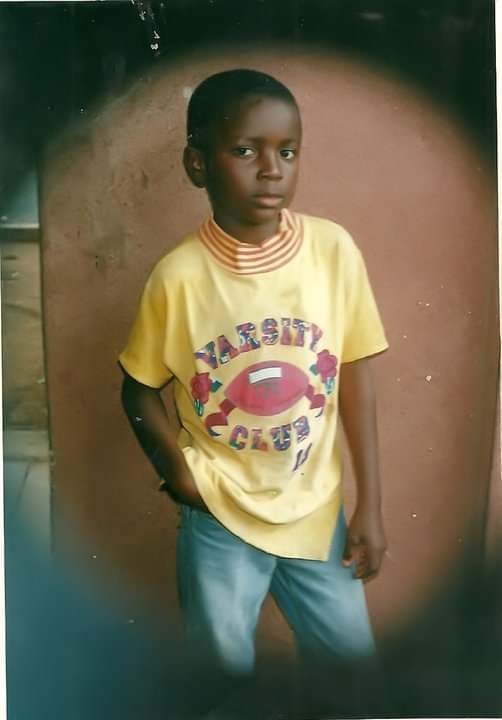Object Oriented Programming (OOP)
Elaborate the concept of object oriented programming (OOP).
Object-Oriented programming emphasis on data rather than function. Object-Oriented programming was developed due to the limitations of the traditional programming approaches. The traditional programming approaches, such as Pascal, C, BASIC, FORTRAN and etc., are basically called procedural-oriented programming languages.
Procedural-oriented programming basically emphasis on writing a list of instructions to tell the computer to do something: Get some input, add these numbers, divide by 6, display that output. The programs are dividend into a small subprogram know as a function. Most of functions share global data, if program is too large it is very difficult to identify what data is used by which function. It does not model real world problem, and new enhancement is not easy, whole will be changed or new will be develop.
Object Oriented Programming (OOP) is a programming concept that works on the principle that objects are the most important part of your program. It allows users create the objects that they want and then create methods to handle those objects. Manipulating these objects to get results is the goal of Object Oriented Programming.
Object Oriented Programming popularly known as OOP, is used in a modern programming language like Java
What is OOPS
- Break down requirement into objects.
- Built object hierarchies and interaction rather than program control flow.
- Easy to change the code according to the requirements.
Feature of OOPS
- Emphasis on data rather procedure.
- Programs are divided into units called “Objects”.
- Objects used to communicate with each other through functions.
- New functionality can be easily developed by creating objects and functions.
OOPS Concepts
- Classes and Object
- Abstraction
- Encapsulation
- Inheritance
- Polymorphism






















